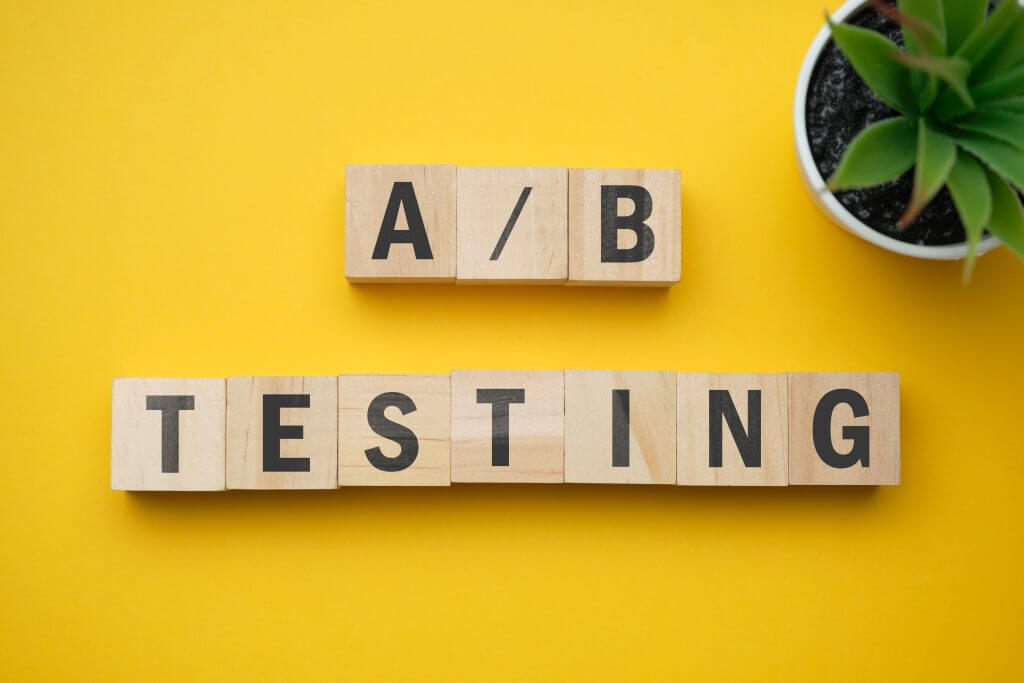
In today’s fast-paced digital world, email marketing remains a powerful tool for businesses to connect with their audience, build relationships, and drive conversions. However, with inboxes flooded with messages, standing out and capturing the recipient’s attention is a challenge. This is where behavioral email marketing comes into play. By leveraging insights from behavioral psychology, businesses can create more personalized, relevant, and engaging email campaigns that resonate with their audience on a deeper level. In this article, we’ll delve into the world of behavioral email marketing, exploring its benefits, strategies, and practical implementation.
Understanding Behavioral Psychology in Email Marketing
Incorporating behavioral psychology principles into email marketing involves understanding how recipients think, feel, and act. Human behavior is driven by cognitive biases, emotions, and patterns, which can be harnessed to create impactful email content. For instance, the scarcity principle can be used to create a sense of urgency, compelling recipients to take immediate action. By aligning email content with recipient behaviors, marketers can increase the likelihood of engagement and conversions.
Segmenting Your Audience for Targeted Communication
One-size-fits-all email campaigns often fall flat in today’s personalized marketing landscape. Audience segmentation is a powerful technique that involves categorizing subscribers based on shared characteristics, behaviors, or preferences. This enables marketers to send highly relevant content, addressing the unique needs of each segment. By delivering tailored messages, businesses can foster a stronger connection and improve open and click-through rates.
Crafting Compelling Content with Psychological Triggers

The art of crafting compelling email content involves incorporating psychological triggers that resonate with recipients. These triggers, such as reciprocity, curiosity, and social validation, evoke emotional responses that drive action. For example, using personalized recommendations based on past purchases can tap into the reciprocity principle, making subscribers more likely to engage with the content.
The Role of Social Proof and FOMO in Email Campaigns

Social proof, a psychological phenomenon where people conform to the actions of others, can be a potent tool in email marketing. By showcasing positive reviews, testimonials, or user-generated content, marketers can build credibility and trust. Additionally, fear of missing out (FOMO) can be triggered by limited-time offers or exclusive deals, encouraging subscribers to act promptly.
Nurturing Leads with Drip Email Campaigns
Drip email campaigns involve sending a series of automated, targeted emails to nurture leads over time. By strategically spacing out content and offering value at each stage of the customer journey, businesses can keep their brand top-of-mind. This gradual approach allows recipients to build trust and familiarity, increasing the chances of conversion.
Personalization and Customization: The Key to Engagement
In the era of personalization, generic emails no longer cut it. Leveraging data-driven insights, marketers can personalize subject lines, content, and recommendations based on recipient behavior. Advanced personalization goes beyond using the recipient’s name, tailoring the entire email experience to their preferences and history with the brand.
A/B Testing and Optimization: Data-Driven Enhancements

Continuous improvement is essential in behavioral email marketing. A/B testing involves sending two versions of an email to different segments and analyzing the results to determine which performs better. This data-driven approach helps marketers optimize subject lines, visuals, calls to action, and other elements for maximum impact.
Frequently Asked Questions (FAQs)
1. What is behavioral email marketing? Behavioral email marketing is a strategy that uses insights from behavioral psychology to create personalized and engaging email campaigns, increasing recipient engagement and conversions.
2. How does behavioral psychology influence email campaigns? Behavioral psychology helps marketers understand recipient behavior, enabling them to create content that resonates with emotions, cognitive biases, and patterns.
3. Why is audience segmentation important in email marketing? Audience segmentation allows marketers to send tailored content to specific groups, boosting relevance and improving email performance.
4. What are some effective psychological triggers for email content? Psychological triggers like reciprocity, curiosity, and social proof can evoke emotional responses that drive recipient actions.
5. How can social proof be used to boost email engagement? Social proof, showcased through reviews and testimonials, builds credibility and encourages recipients to engage with email content.
Conclusion: Elevate Your Email Marketing with Behavioral Psychology
As a digital agency, we understand the significance of effective email marketing campaigns in today’s competitive landscape. Incorporating behavioral psychology principles into email marketing strategies can yield remarkable results. By understanding recipient behavior, segmenting audiences, crafting psychologically-driven content, and leveraging social proof, businesses can create email campaigns that not only stand out in cluttered inboxes but also foster deeper connections with subscribers. Remember, successful behavioral email marketing is an ongoing process of optimization, driven by data and a keen understanding of human psychology. By implementing these strategies, you can elevate your email marketing efforts and achieve higher engagement rates and conversions in today’s competitive digital landscape.



